

Nov. 23, 2022
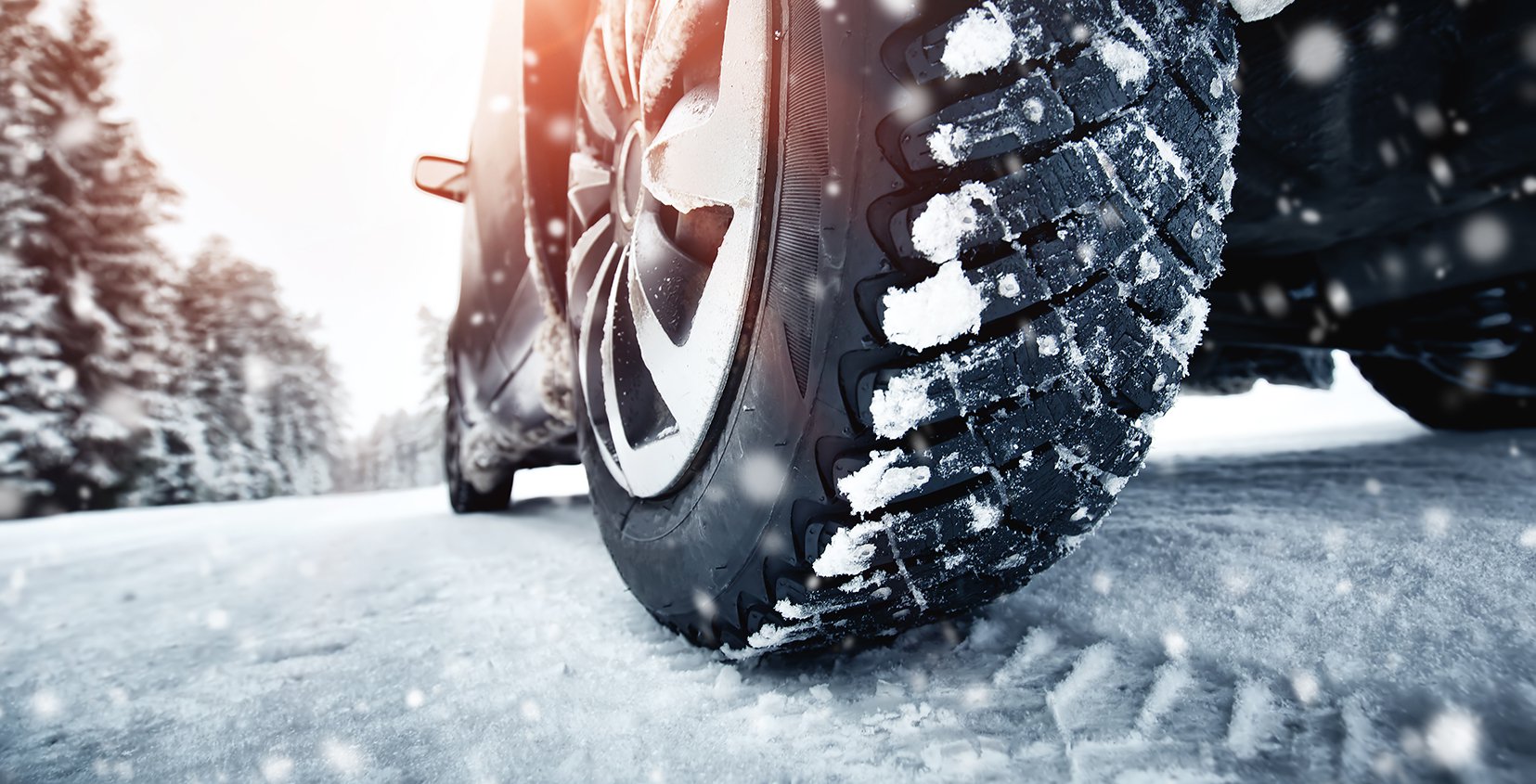
Winter is coming! Make sure you know what to look for in a new set of winter tires, especially if yours are due for a change. If you aren’t sure whether you should keep your winter tires for another season, keep reading to learn how to inspect them properly.
Here’s some precious information everyone should know about winter tires, how to choose them and perform quality inspections.
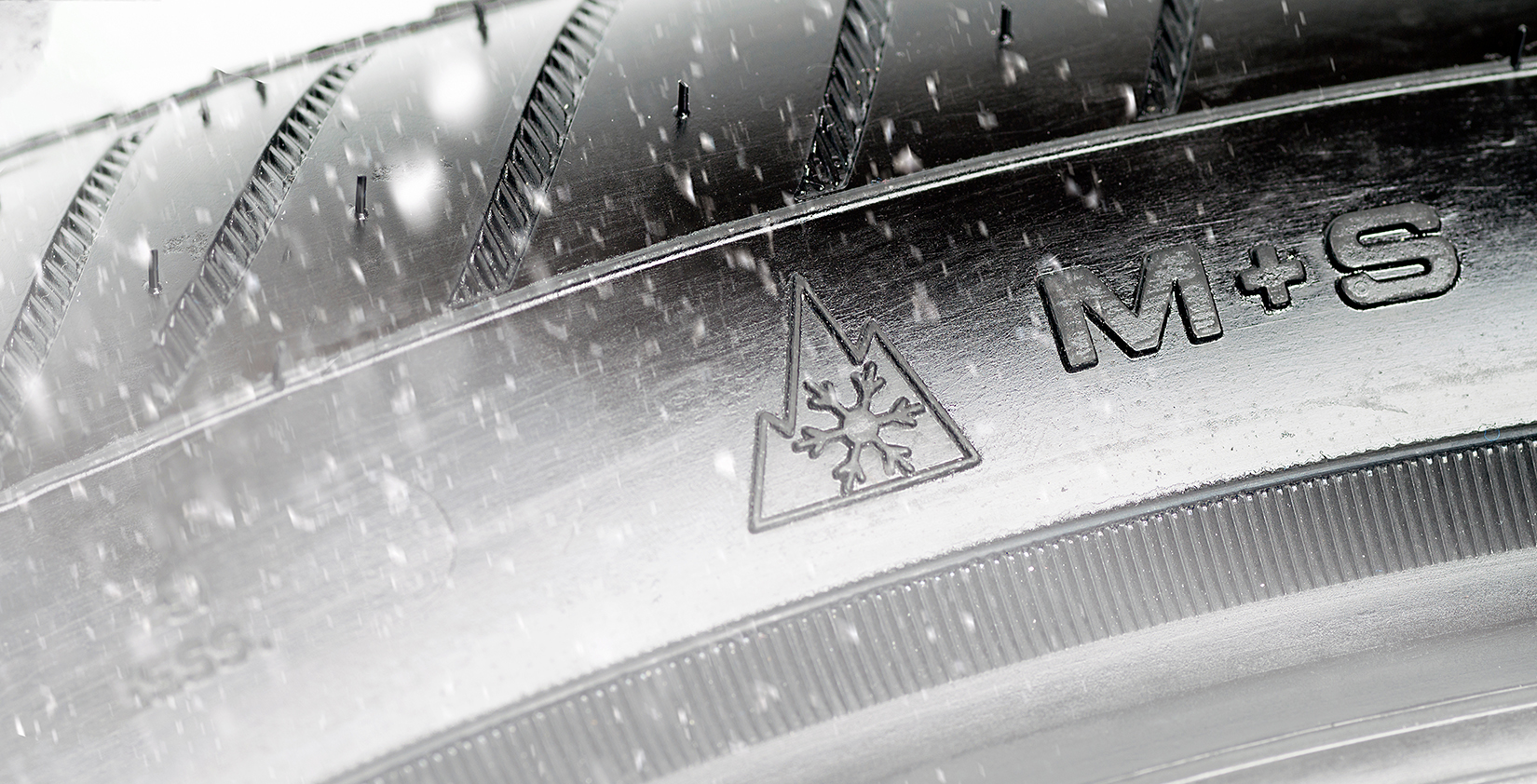
Canadian winters are harsh, and driving on ice- and snow-filled roads can be quite challenging. To stay safe, changing your tires for something more appropriate is recommended. Winter tires stay soft and maintain traction in freezing temperatures, while summer tires harden and become less effective.
In Quebec, all cars must be equipped with winter tires during the year’s coldest months. The regulated dates can vary depending on the area. Therefore, consult your provincial rules.
To ensure your tires can tackle winter roads, they should have the following snowflake symbol.

Which winter tires are best?
You must first ask yourself what type of roads you’ll be driving on this winter. If you mainly drive around the city and the roads are quickly plowed after a snowfall, then winter tires that are made for icy conditions are best. For example, some cities have very hilly streets that become treacherous when icy. However, if you drive long distances and live in the countryside, you’re better off with snow tires.
When choosing winter tires, ensure you get the best ones for your situation. Some are better in the snow, while others are better on ice.
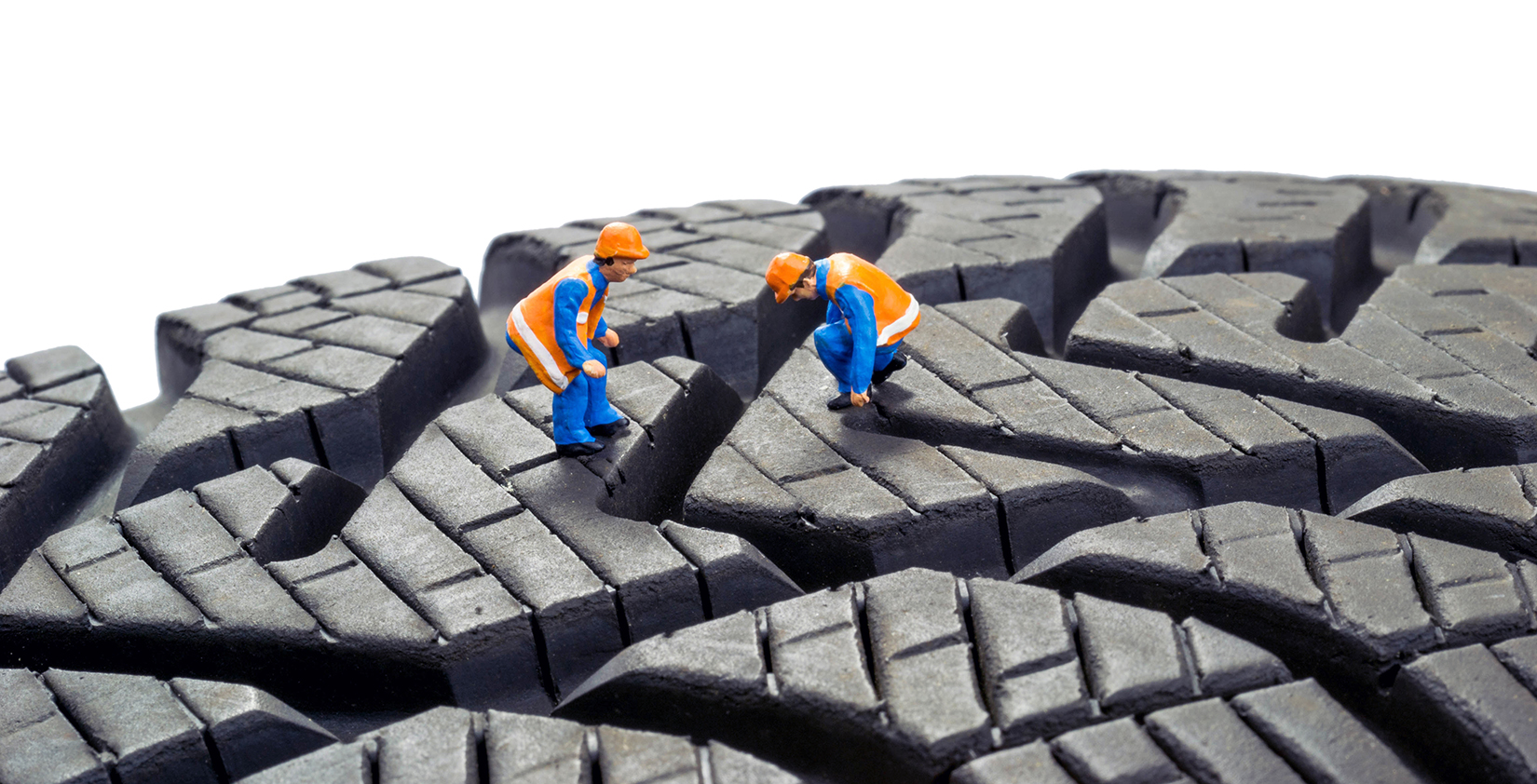
Winter tires have sipes, the tiny horizontal lines covering the tread blocks. These markings improve traction on icy and wet pavement and can help you slow down and accelerate faster. The more sipes, the better the traction.
Winter tires also have deep tread blocks, the large openings between the sipes. The bigger the opening, the better your tires will perform on snow.
Beware of all-season and mud tires. While they might work in mild temperatures, the colder it gets, the less grip they provide. For example, tires made for off-roading can handle snowy conditions because of their large tread blocks. However, the absence of sipes can make them ineffective on ice.
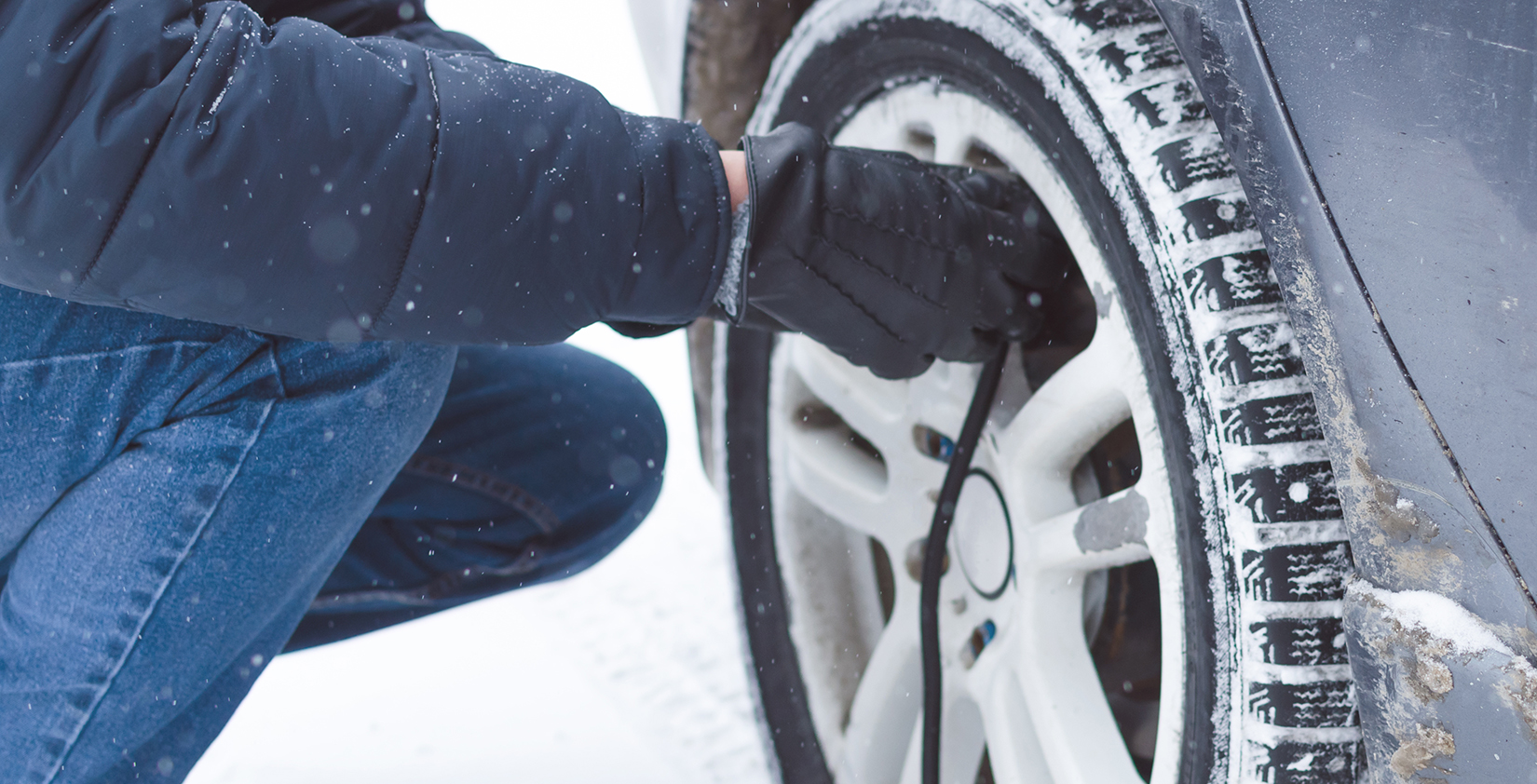
Keep an eye on your tire’s air pressure. The pressure can go down when the temperature dips. It’s best to check if your tire’s need air from time to time.

The rubber on winter tires is softer than that on summer tires. Consequently, it’s best to install winter tires once the temperatures drop below 7°C and to promptly remove them once it warms up in spring.
Most tires last between three and six years. However, the lifespan of your tires greatly depends on where you drive and how far you travel. You must inspect your tires before they’re installed in the fall. The tread depth (the distance between the bottom and top of the tread) must be at least 6/32 of an inch.
It’s best to verify the tread depth of your tires every year. You should also perform this check in winter and after four or five years of use. (See DOT code below)
The four-digit DOT code on your tires indicates the date of manufacture. The first two digits indicate the week (up to 52) and the last two digits indicate the year it was made.
If your tires are more than six years old, it’s a good idea to change them, depending on their condition and usage.
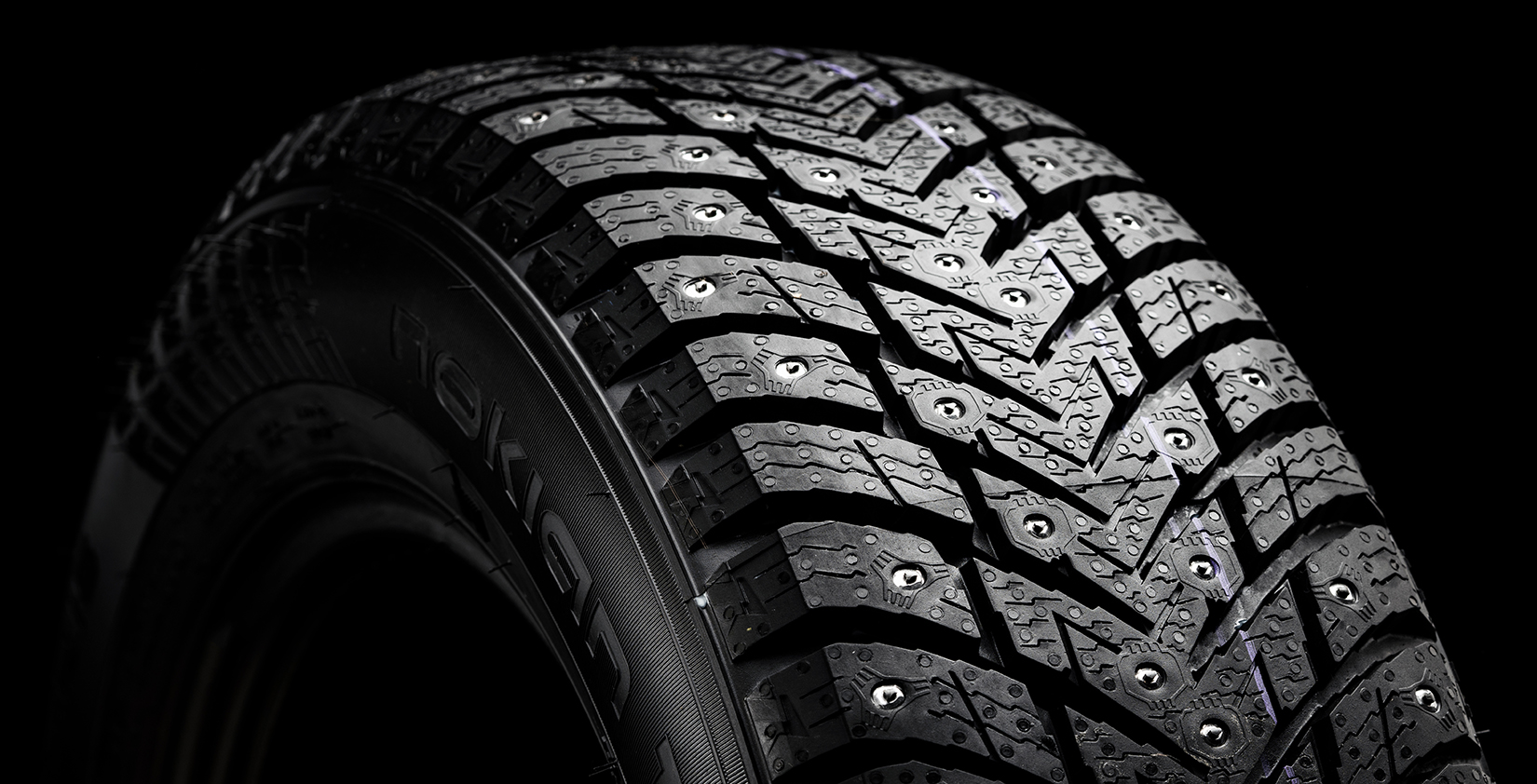
Studded tires are more efficient on icy pavement, especially on hilly roads. However, they aren’t necessary if you live in the city and frequently drive on salted or de-iced streets. To determine if you truly need studded tires, you must analyze the types of roads you frequently drive on.
Pros
Cons
Taking these steps will ensure you get a good set of tires to keep you safe. Good winter tires can be expensive, but opting for the cheapest option isn’t always the safest. Wishing you a safe driving experience this winter!